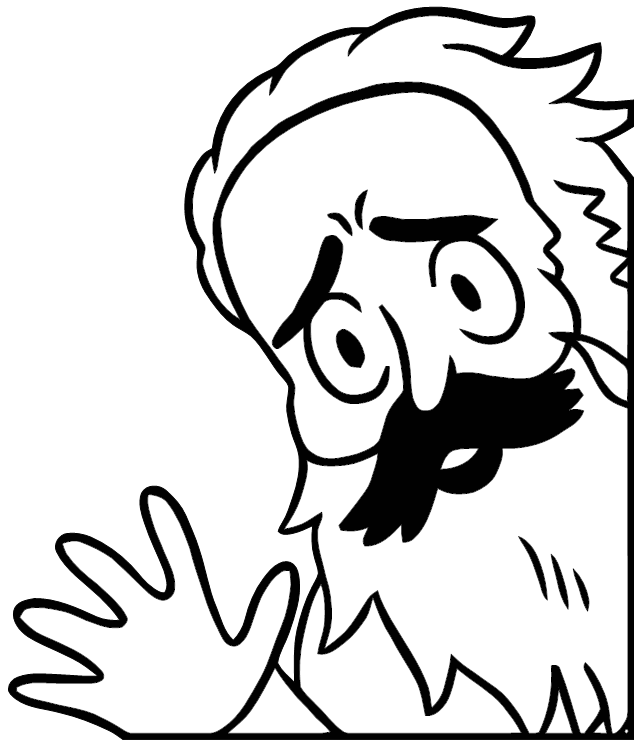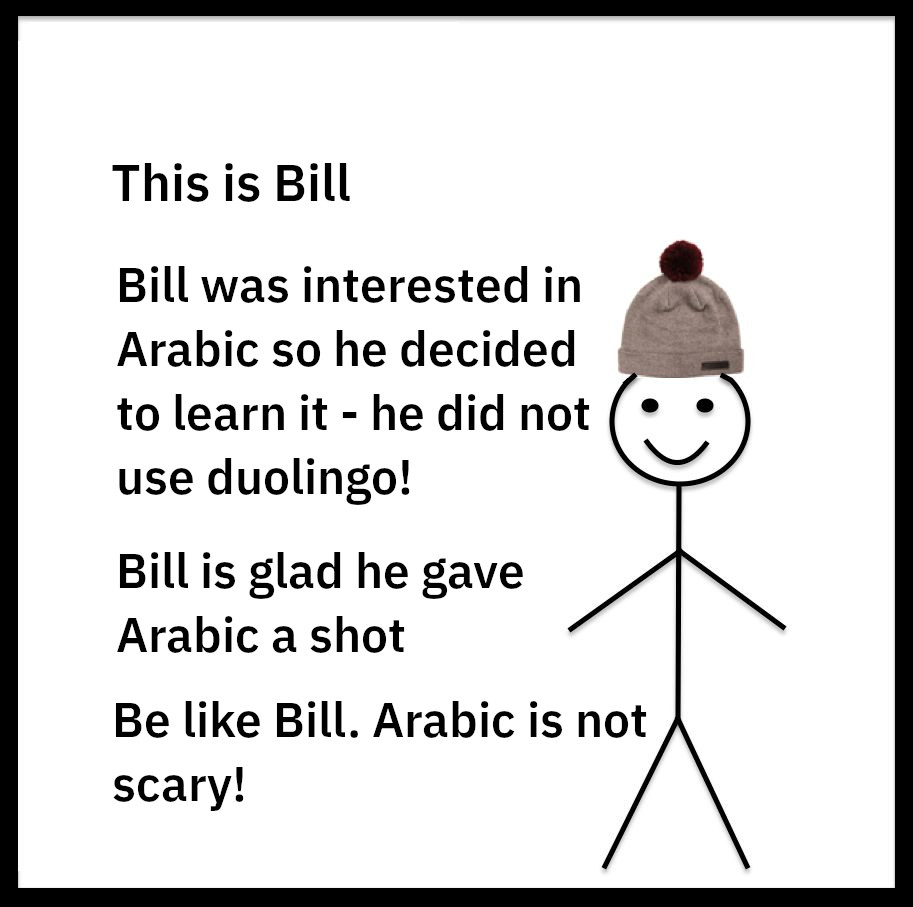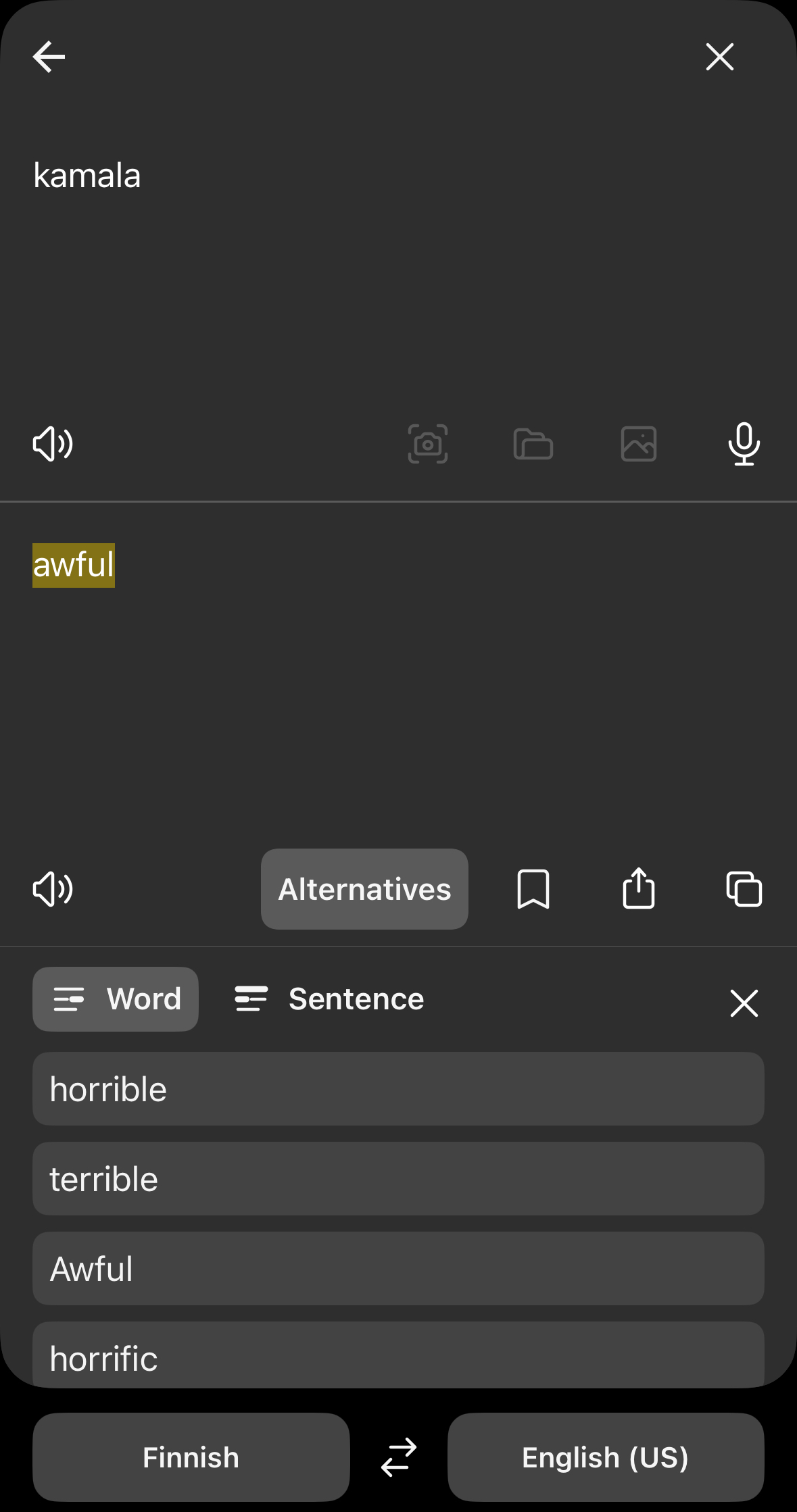I used to have an app called Mearka, which was a trilingual dictionary between Norwegian, North Sámi, and Norwegian Sign Language, notably including uniquely Sámi variants of signs.
However, I uninstalled Mearka at some point, and when I went to re-install the app, I found that it had been taken off the Play Store. Statped reports that "development on the Android version of Mearka has ceased", so... shame that I don't have an iPhone, then!
This means that for Android users, there is evidently only one offline NSL dictionary left, namely Toleio, which has a lot fewer features than Mearka, and also has a lot fewer entries in its dictionary. I can only assume this is because Toleio is a Duolingo-style app with a dictionary feature "on the side", and more specifically Toleio is a reskin of a whole series of apps teaching different sign languages — thus to keep the curriculum more or less the same between the different apps, each app avoids culturally specific signs, and expectedly doesn't teach "vulgar" signs, either. Nor does Toleio include signs like COVID-19, in fact I don't think a single NSL dictionary, online or offline, paper or digital, does — most NSL dictionaries, it seems, haven't been updated in nearly a decade!
And like, you wouldn't think it would be so much to ask for, to have
- An offline NSL dictionary app for Android, that
- Lets you scroll through all entries, rather than needing to search for the specific sign you want to see;
- Lets you slow down videos, favorite them and share them;
- Includes signs unique to Norwegian and Sámi culture, as well as place names and name signs, vulgar signs, and regularly-updated new signs for current issues.
And if I may be so choosy as to include features I've seen in some NSL dictionaries that I would like to see combined into my dream NSL dictionary:
- Includes still photos and diagrams, and photos of a sign's referent, rather than just videos;
- Lets you search for signs by feature rather than just by gloss;
- Includes glosses in both Norwegian and North Sámi;
- Includes Sámi variants of signs.
And venturing outside the world of things I've seen in extant NSL dictionaries, it would also be pretty freaking sweet for dictionary entries to have explanations of the etymology and the actual definitions of each sign, like how Wiktionary does for ASL.
And of course, all of this would ideally be FOSS.
Some of these issues are the result of the particular difficulties in making a sign language dictionary compared to a spoken language dictionary, but most of the issues, and the fact that the sign language-specific issues haven't been overcome, is really just a result of the lack of institutional support for sign languages. Like the existing dictionaries for Norwegian Sign Language, woefully incomplete and lacking in conveniences as they may be, are still far more than most sign languages in the world ever get to have the luxury of.













 About 4 years ago I made a similar post and ended up teaching
About 4 years ago I made a similar post and ended up teaching 

